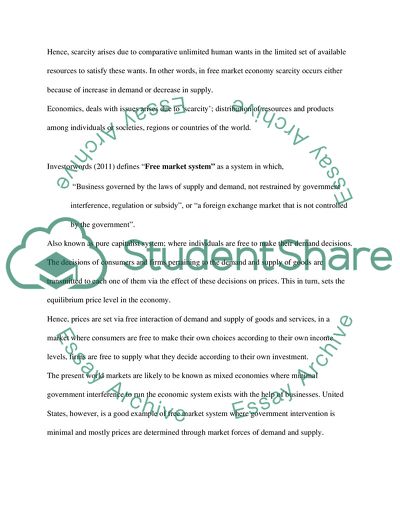Cite this document
(Ecnomics Essay Example | Topics and Well Written Essays - 2250 words - 1, n.d.)
Ecnomics Essay Example | Topics and Well Written Essays - 2250 words - 1. https://studentshare.org/macro-microeconomics/1754590-ecnomics
Ecnomics Essay Example | Topics and Well Written Essays - 2250 words - 1. https://studentshare.org/macro-microeconomics/1754590-ecnomics
(Ecnomics Essay Example | Topics and Well Written Essays - 2250 Words - 1)
Ecnomics Essay Example | Topics and Well Written Essays - 2250 Words - 1. https://studentshare.org/macro-microeconomics/1754590-ecnomics.
Ecnomics Essay Example | Topics and Well Written Essays - 2250 Words - 1. https://studentshare.org/macro-microeconomics/1754590-ecnomics.
“Ecnomics Essay Example | Topics and Well Written Essays - 2250 Words - 1”. https://studentshare.org/macro-microeconomics/1754590-ecnomics.


